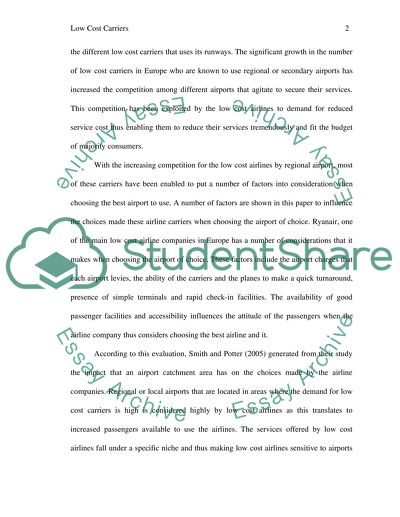Cite this document
(“Low cost carriers Essay Example | Topics and Well Written Essays - 3000 words”, n.d.)
Low cost carriers Essay Example | Topics and Well Written Essays - 3000 words. Retrieved from https://studentshare.org/tourism/1484912-low-cost-carriers
Low cost carriers Essay Example | Topics and Well Written Essays - 3000 words. Retrieved from https://studentshare.org/tourism/1484912-low-cost-carriers
(Low Cost Carriers Essay Example | Topics and Well Written Essays - 3000 Words)
Low Cost Carriers Essay Example | Topics and Well Written Essays - 3000 Words. https://studentshare.org/tourism/1484912-low-cost-carriers.
Low Cost Carriers Essay Example | Topics and Well Written Essays - 3000 Words. https://studentshare.org/tourism/1484912-low-cost-carriers.
“Low Cost Carriers Essay Example | Topics and Well Written Essays - 3000 Words”, n.d. https://studentshare.org/tourism/1484912-low-cost-carriers.


